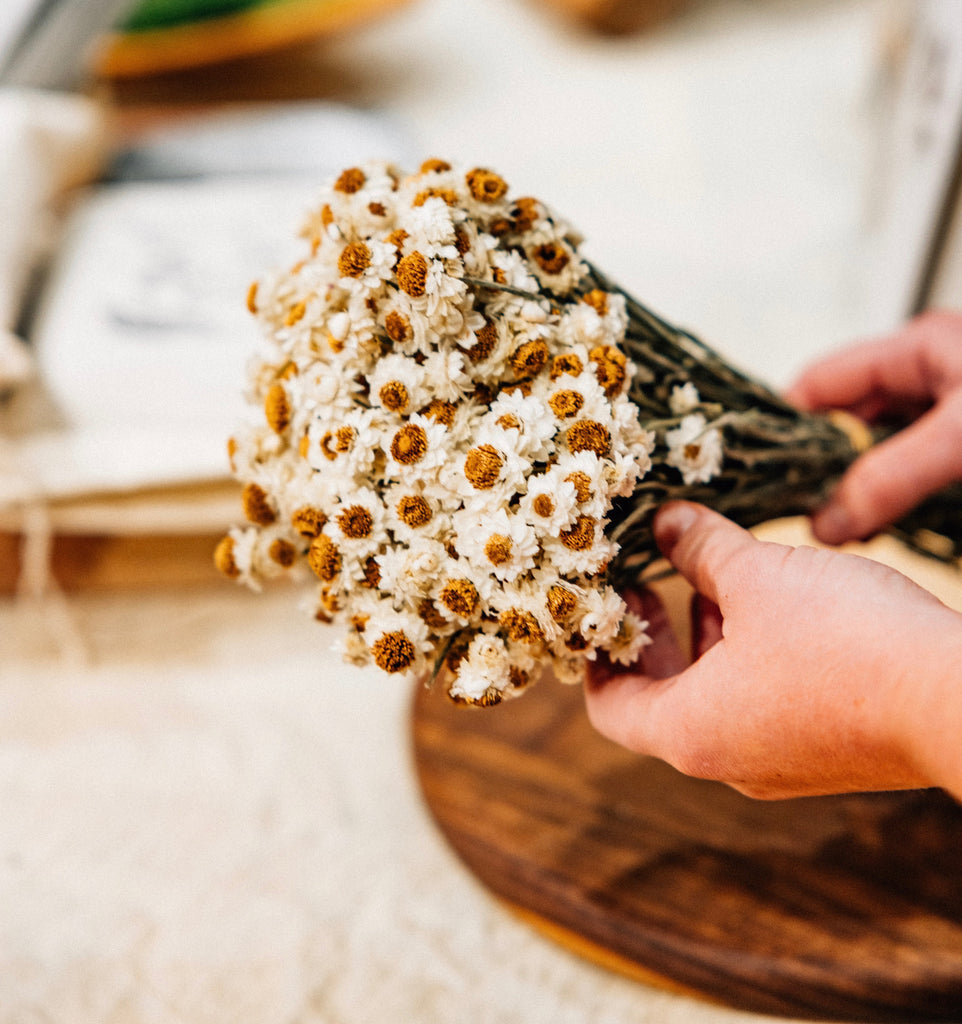Pain is a complex experience. As a clinical herbalist, it is my goal to understand the root cause of someone’s pain cascade. There will always be some sort of underlying contributors such as overactive inflammatory response, food allergies, nutrient deficiencies, stress or others. However, while we work to get to the root cause of the pain, acute herbal support is necessary to reduce discomfort as these deeper therapeutics take time.
Working with pain is one of the most elusive applications for herbal remedies. It requires skillful formulation, with herbs that address the various aspects of the pain response. We want to take into consideration the type of pain that is occurring, then use herbs that target the varying aspects of the particular pain picture. In this blog post, you will learn the 3 main types of pain and the herbs that can be used to address each.
Types of Pain
Traumatic Pain
This type of pain is related to the physical injury of tissues. It is usually acute, although it can also be an injury of repeated use. In this case, pain will increase with use and tends to get worse throughout the day.

Herbs for traumatic pain:
- Anodynes (pain relievers) & Antispasmodics- heavy hitters to get over the acute pain, caution as some of these may cause drowsiness: Valerian, Skullcap, Ginger, Pedicularis, California Poppy, Hops, Vervain, Jamaican Dogwood, Muscle Release Tincture
- Anti-inflammatories- to reduce initial inflammation/swelling: Ginger, Turmeric, Willow Bark, Meadowsweet, Inflammation Moderation Tincture
- Lymphatics- to reduce swelling/move stagnant fluid: Ultra Echinacea, Burdock, Dandelion, Lymph Tonic
- Nutritives- to repair injured tissue (especially in the case of torn ligaments or broken bones): Nettle, Raspberry Leaf, Horsetail, Comfrey, Bone Mend Tincture
- Counterirritants topically- brings blood flow to the area & promotes healing, which ultimately reduces inflammation, bruising, swelling & pain: Arnica Salve
Muscular & Vascular Pain

Muscular pain can be caused by tension or laxity. Meaning, it may be associated with stress and overuse or lack of movement and prolapse of muscle tone. This is something that can often occur after traumatic injury, because while certain muscle groups will reduce their tone, others tend to be hypertonic in order to “protect” the traumatized tissues.
Herbs for Muscular/Vascular pain:
- Antispasmodics- tend to balance tension states (relax muscles): White Peony, Pedicularis, Skullcap, Wild Yam, Black Cohosh, Cramp Bark & Black Haw, Muscle Release Tincture, Mense Soothe Tincture
- Blood moving antispasmodics- bring blood flow to areas and balance muscle tone: Ginger, Feverfew, Corydalis (low dose), Angelica, Rosemary, Turmeric
Metabolic Pain

Typically associated with chronic conditions & systemic inflammation. Metabolic pain is more likely to occur in the morning, in the middle of the night, or at unpredictable times not necessarily associated with use. It is common to see metabolic pain associated with water retention, edema, bloating, or swelling. Think, pain caused by autoimmunity (rheumatoid arthritis) or digestive conditions (ulcerative colitis). In this case, it is particularly important to get to the root cause of the individual’s symptoms- often with a focus of gut healing.
Herbs for Metabolic pain:
- Anti-rheumatics: these are circulatory stimulants that help to move stagnant blood, support the liver, and release excess water retention- Burdock, Cramp Bark, Black Haw, Dandelion, Nettle, Red Clover, Rosemary, Yerba Mansa, LVR Tonic
- Antispasmodics: these herbs will help with the acute symptoms of pain, relax and release the muscles- Skullcap, Pedicularis, White Peony, Wild Yam, Ginger, Muscle Release Tincture
- Counterirritants/Anti-inflammatories: topically, these herbs can be very helpful for people with chronic pain because they increase blood flow to trouble areas and allow them to move stagnant fluid- Arnica Salve, Fire & Ice Salve, St. John's Wort Oil
Learn More

If you want to learn more about how to work with these herbs, especially as they relate to common ailments like headaches, menstrual cramps & chronic metabolic pain, join us for our class: Antispasmodics: Herbs for Pain.
Live class: Wednesday, July 26th, 6:15-7:30 PM at Dancing Willow Herbs (1018 Main Ave, Durango CO)
Audio recording: released July 27th- listen on your own time.

